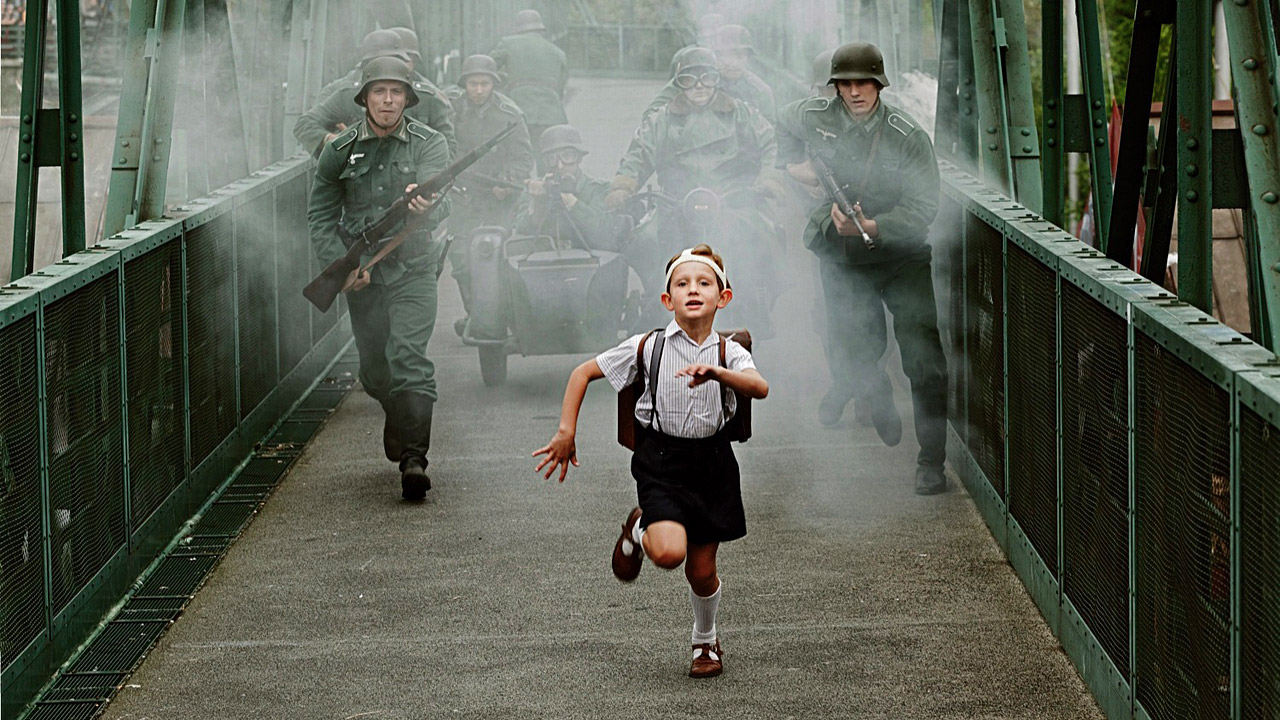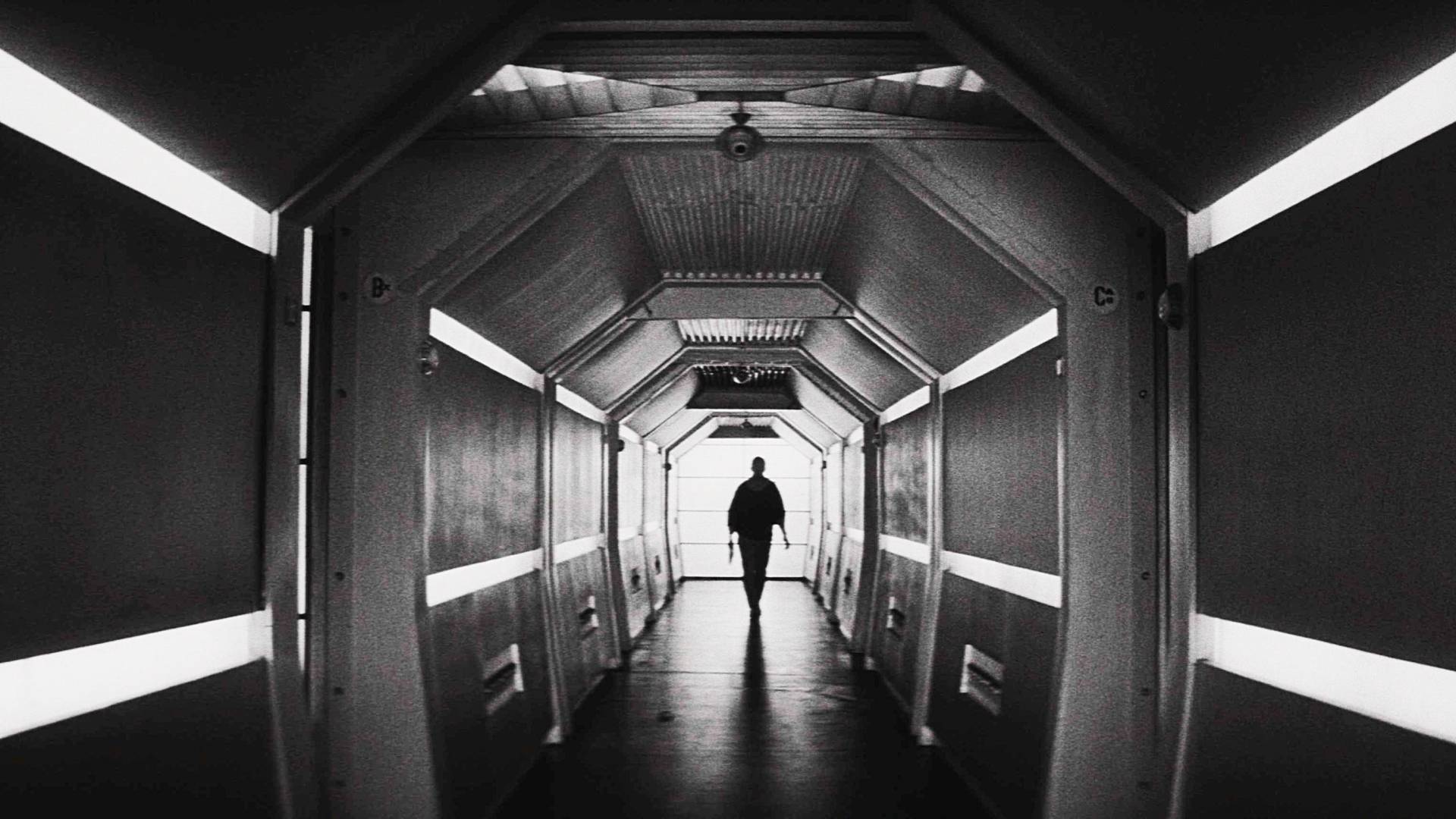Czech Film Review: Ecstasy (1933)
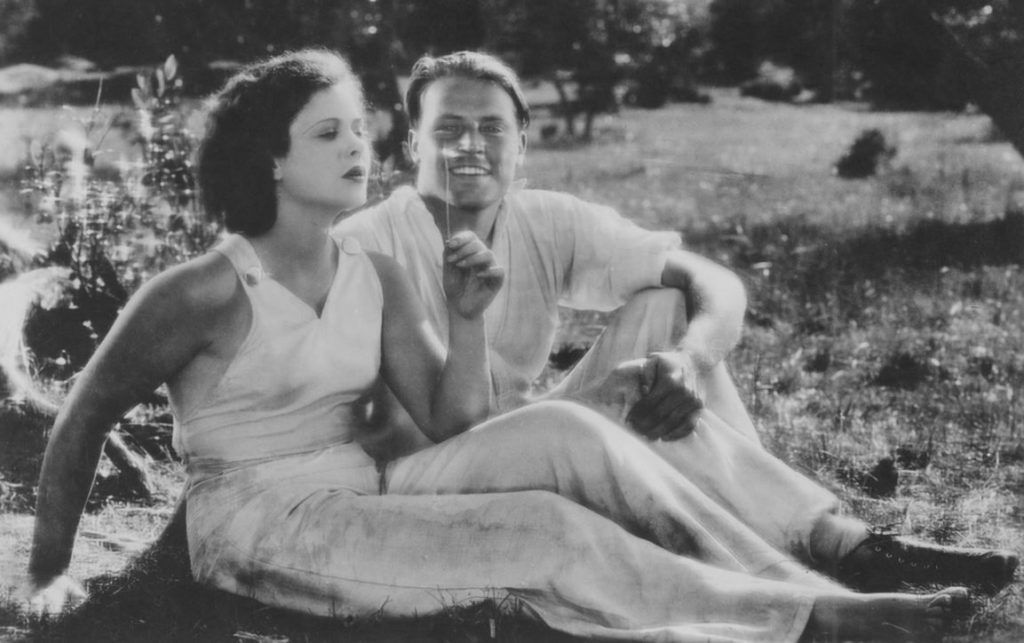
Hedwig Eva Maria Kiesler, better known as Hedy Lamarr, led a life as eventful as any of the characters she played on screen. Shortly before World War II, she ran away from her native Vienna to escape from her possessive husband, a rich arms dealer with ties to Mussolini and Hitler. Once in London, she met Louis B. Mayer, the head of MGM, who signed her up and promoted her as “the world’s most beautiful woman”.
Mayer persuaded her to change her name to Lamarr, putting a little distance between her controversial breakthrough role in Ecstasy, and she went on to have a successful career in Hollywood. During the war, she got together with her composer friend George Antheil to invent a frequency-hopping signal to prevent Allied torpedos from being tracked or jammed. In her later years, she opened a ski resort, got nicked for shoplifting, and gradually became a recluse. She also married and divorced six times before spending the last thirty-five years of her life single.
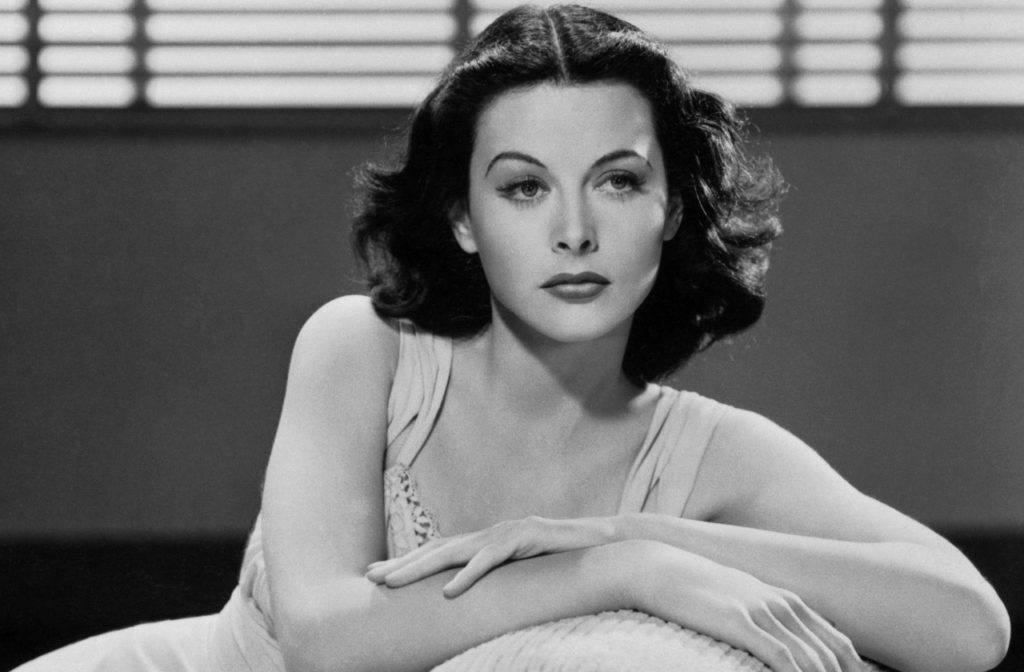 (This picture depictst Hedy Lamarr in later years, not from the film.)
(This picture depictst Hedy Lamarr in later years, not from the film.)
I heard about Ecstasy ages ago because of its two controversial scenes: one where our protagonist does a bit of skinny dipping, and another where she reaches an orgasm with her lover. I approached it with some caution because I sometimes struggle with pre-war movies, often finding them too dated and the cinematography too static and boxy. I was concerned that Ecstasy would be a chore, but luckily there was nothing to worry about…
The story is so slight that you could fit it on the back of a monogrammed handkerchief. We open with a happily married couple – Emil (Zvonimir Rogoz), a wealthy older man, and his luminous young bride Eva (Lamarr/Kiesler), about to step across the threshold on their wedding night. We can see there are problems right away – Emil is drunk and can barely carry her into the apartment. While she eagerly awaits to consummate their marriage, he falls asleep in the bathroom.
In the following days, Emil is content to ignore his young wife, preferring to read his newspaper. She becomes increasingly dismayed by his distance and starts to feel lonely in their marriage. Quickly realising that they are not suited to each other, she files for divorce and returns to live with her father on the ranch.
One morning she awakes and decides to go for a horse ride and stops by a lake for a swim. Her horse runs away with her clothing, leaving her chasing behind naked. The horse attracts the attention of a hunky engineer called Adam (Aribert Mog). He is struck by the sight of the beautiful young woman hiding her modesty in the bushes before eventually giving her clothes back.
She doesn’t like him at first but can’t sleep for thinking of him. She returns to his hut and they make love. She finds fulfilment with Adam, but little does she know that a chance encounter between her new lover and Emil will lead to tragedy…
Ecstasy feels surprisingly modern despite its age. Machatý was an accomplished filmmaker and his camera is constantly roving, with some terrific crane shots and tracking shots to keep us on the move. There is a clear influence from German Expressionism in some of the night scenes, making it feel very Noir-ish at times, and film noir never gets old.
Machatý was also a great visual storyteller. The film is a talkie but might as well be a silent feature – 16 minutes pass before the first word is spoken. When the dialogue comes, it is basic and breaks the spell somewhat. During the brilliant opening sequences, we find out all we need to know about Eva and Emil’s relationship, marriage and her growing dissatisfaction without a single word spoken.
Then there is Lamarr, credited under her real name, Kiesler. She was just 18 when she took the role and she is such a powerful presence at the heart of the film. She has a clean, natural beauty (which Machatý can’t resist comparing to the Czechoslovak countryside) and has the charisma to rival other icons of the silver screen like Garbo and Dietrich. It’s a subtle performance that evokes the silent era without the “Oohs” and “Aahs” and “Chase Me’s” we sometimes associate with silent movie acting. She reminded me of Ingrid Bergman, displaying a wide range of inner emotions with the barest flicker of a wistful smile, a rueful downturn of the eyes, or letting her face cloud over as more troubling thoughts come to mind.
It was interesting to finally see the so-called controversial scenes in the context of the full film. The nude bathing scene, despite the full-frontal nudity, is playful in tone and tame by today’s standards. It’s like the scene in It’s a Wonderful Life when Mary loses her robe and hides in the bushes while George teases her, but with more sex appeal when Adam shows up.
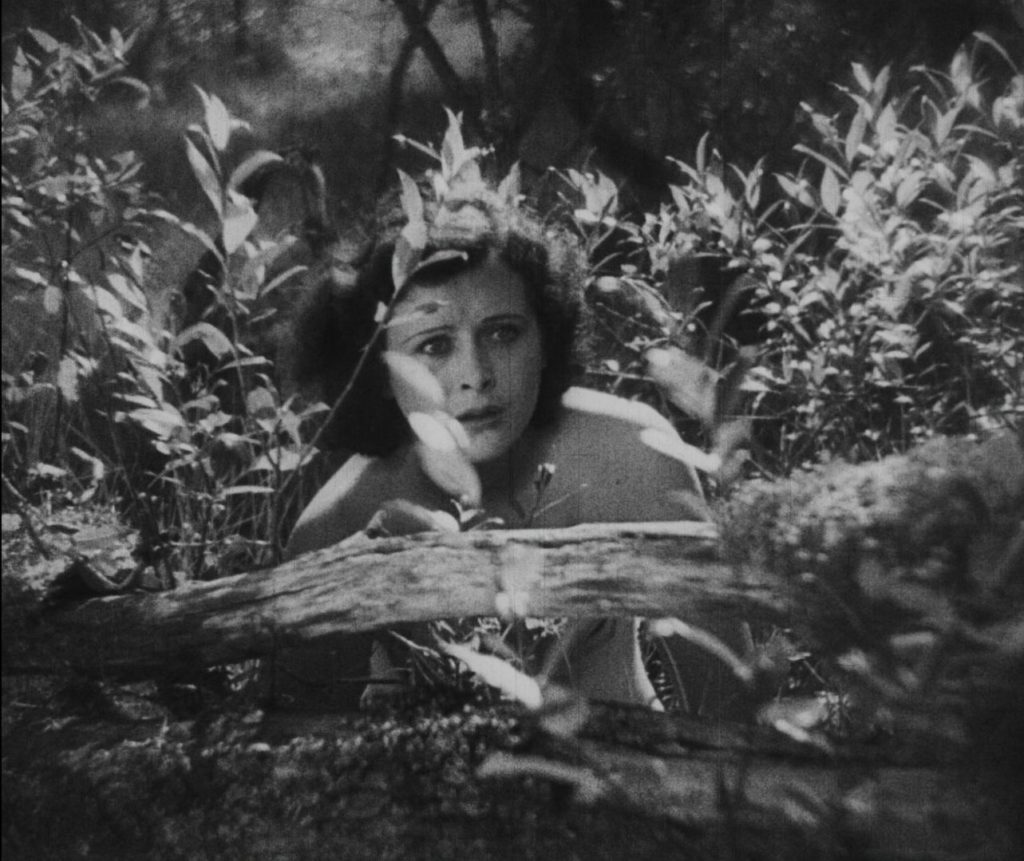 There is nothing scandalous about it apart from one shot. Throughout the film, the camera maintains an omniscient perspective. While Eva is swimming naked in the lake, it pushes forward through the leaves, suddenly seeming like the POV of a peeping Tom trying to catch an eyeful. Afterwards, I read that Lamarr felt duped by the director in the naked scenes, who allegedly told her he would only film from afar, without telling her about the telephoto lens on the camera. Other people working on the film disputed this, but it puts a lewd question mark over that one out-of-place camera movement.
There is nothing scandalous about it apart from one shot. Throughout the film, the camera maintains an omniscient perspective. While Eva is swimming naked in the lake, it pushes forward through the leaves, suddenly seeming like the POV of a peeping Tom trying to catch an eyeful. Afterwards, I read that Lamarr felt duped by the director in the naked scenes, who allegedly told her he would only film from afar, without telling her about the telephoto lens on the camera. Other people working on the film disputed this, but it puts a lewd question mark over that one out-of-place camera movement.
Then we get to the orgasm scene. The whole thing is played out on Lamarr’s face as she reaches her climax, and it’s an erotic moment despite – or perhaps because of – its restraint. It is also remarkable for focusing on the woman’s enjoyment, because even almost 90 years later it is still fairly rare for movies to acknowledge that women enjoy sex and have orgasms too. Predictably it was met with histrionics from censors, particularly in America, where they saw it as indecent and immoral. However, it’s a sensible and mature portrayal of a woman’s sexual awakening and fulfilment, before tragedy strikes.
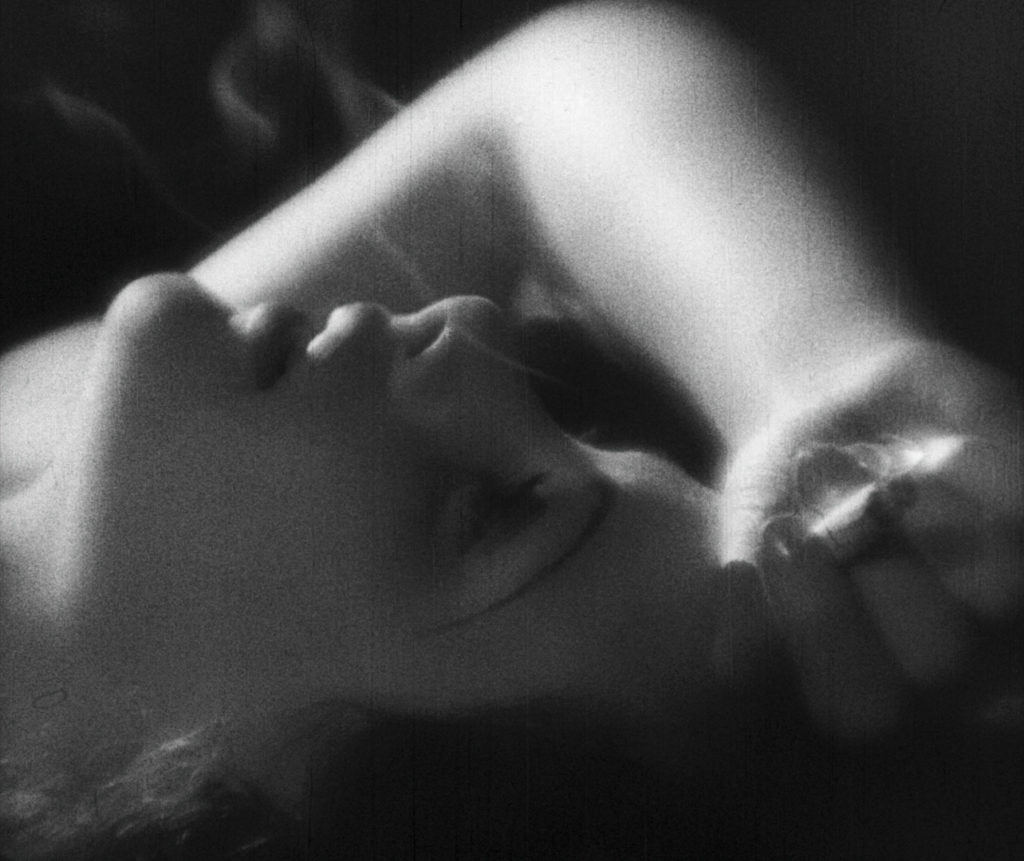 It is also refreshing to see a film where the woman is in total control of her situation. She marries Emil but quickly divorces him as soon as she realises that she’s made a mistake. She meets Adam and seeks him out for sex – and really enjoys it, too. Then, once she feels guilty about Emil’s fate, she decides to make a clean break of it and leave on her own. She is never trapped, browbeaten or threatened – it’s her life and she makes her own choices independently from the men.
It is also refreshing to see a film where the woman is in total control of her situation. She marries Emil but quickly divorces him as soon as she realises that she’s made a mistake. She meets Adam and seeks him out for sex – and really enjoys it, too. Then, once she feels guilty about Emil’s fate, she decides to make a clean break of it and leave on her own. She is never trapped, browbeaten or threatened – it’s her life and she makes her own choices independently from the men.
Ecstasy is a classic and deserves its place among the greats of Thirties cinema. Due to its intense age it won’t float everyone’s boat, but film buffs should find plenty to explore.
Read more Czech film reviews at Lee’s blog. You can start with his 25 top picks so far.
